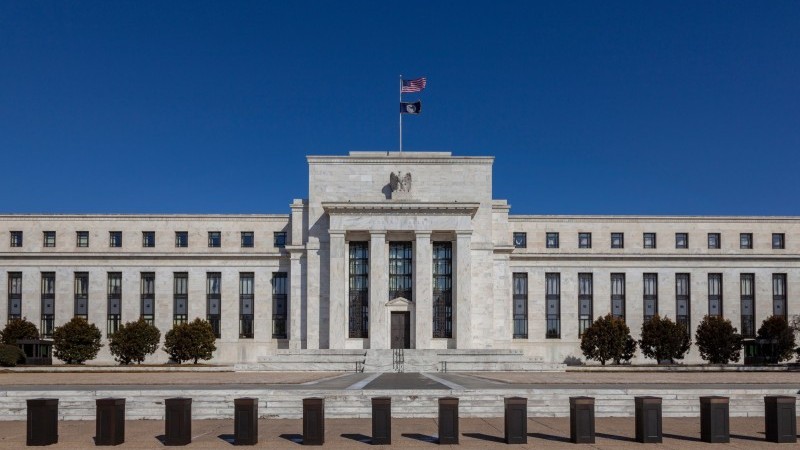Following the last FOMC meeting, Chair Powell was asked one question on quantitative tightening (QT). He read out what seemed like a prepared statement, basically saying nothing of any materiality. But then the subsequent minutes showed that the path for QT was in fact a talking point among the committee members. And so it should be, as on our numbers, continued QT at the current pace would likely see bank reserves converge on US$3tn by mid-year 2025.
That US$3tn area approximates 10% of GDP and is deemed to be something of a floor that the Fed would prefer not to get too much through. The last time the Fed did QT they took bank reserves down to 7.5% of GDP, and had market liquidity issues then, as they had gone too far. There is an argument that say 9% of GDP might do, but either way we’d see the move into single-digit territory as a % of GDP as the point at which the Fed would be minded to wind down QT, completely.
For Treasuries this is important, as once QT comes to an end, the Fed would be a regular buyer of Treasuries. With US$50bn to US$100bn rolling off the curve on a monthly basis, the Federal Reserve would be buying that amount on the marketplace in order to keep their current holdings of Treasuries unchanged. At the last FOMC meeting they broadly agreed to invest according to the capitalisation distribution of debt outstanding. This means they will be buying right along the curve.
While impactful, we should not get too carried away. It won’t be determinative for direction. Rather, it returns us to the ‘norm’ where the Fed is a constant ‘market participant’ as it manages its reserves obligations on an ongoing basis. This, the dots and Chair Powell’s tone are the big issues for Treasuries. Keeping the two dots, plus a projected QT unwind, would be supportive. But likely balanced out by tariff projections on inflation.
